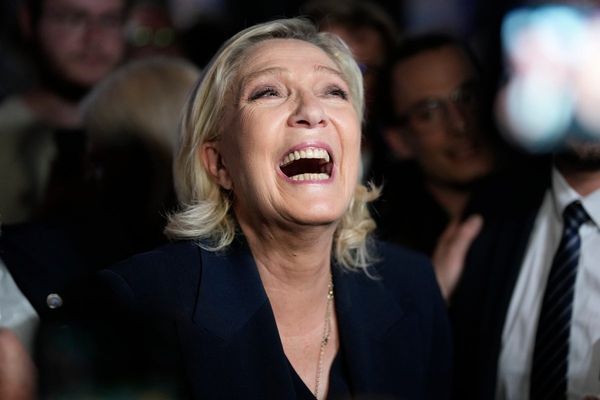A fascinating series of photographs telling the story of Liverpool's rise from second division mediocracy to the Kings of Europe have been brought back to life in colour for the very first time.
Colourisation expert George Chilvers has joined forces with historian and author Mark Platt to collaborate on a project titled ' Old Liverpool FC In Colour’, in which the two life-long Liverpudlians take fans back into the eyes of supporters from another era to experience the rise of Liverpool Football Club just as they would have witnessed it.
The fascinating story of the Reds' rise to the top is retold across 130 stunning photographs, including many never seen before, that have been painstakingly colourised for a new audience who until now, could only experience a glimpse of Anfield's past in black and white.
Thanks to m eticulous research complementing every image, fans of all ages will be treated to not only the expertly colourised images but also an education on the Merseyside club's past.
They include moments such as a merry band of travelling Liverpudlians making a brief pit-stop in Trafalgar Square while en route to Highbury for an FA Cup tie in 1927. Taking centre stage is the club’s unofficial mascot of the time, Reg Ellinson. In his self-appointed role he followed Liverpool all over the country in the 1920s. At every game he would be dressed for the occasion, head-to-toe in red and white, and with his face painted in similar colours.
Another photograph captures a young-looking Bill Shankly deep in discussion on the training ground with future Anfield managers Bob Paisley and Joe Fagan. Of all the decisions Shankly made when he took charge at Anfield, arguably his most important was to retain the existing backroom team, of which Paisley and Fagan were key figures. Each of the esteemed trio came from similar working-class backgrounds and had played professionally at the highest level. Collectively, they shared the same beliefs on how the game should be played. Their philosophy was one borne out of simplicity; find the nearest red shirt, pass and move. It was a trait that would define the team’s style of play for years to come.
A striking photo captures Liverpool's on-pitch celebrations after winning the Second Division Championship Not even grey skies and incessant rain could dampen the mood of euphoria at Anfield on the day Liverpudlians celebrated confirmation of the club’s long-awaited top-flight return.
When the final whistle sounded on a 2-0 home victory over Southampton in April 1962, it was the moment everyone had been waiting for since relegation eight years before. On a quagmire of a pitch, two first-half goals from Kevin Lewis, only playing because Ian St John was serving a suspension, secured the necessary points required to end any doubt. Not that there was much.
Liverpool had led the table from the outset. Inspired by the summer arrivals of St John, for a club record £37,500, and the talismanic man mountain of a skipper ‘Rowdy’ Yeats, the season had been a procession from start to finish. As the victorious team left the field, opposition players and match officials stopped to applaud them, while a jubilant crowd braved the mud to invade the pitch and refused to go home until the players came back out for a final curtain call. When they did, Yeats and St John ended up getting thrown into the Kop to join the celebrations. It had been an Easter Saturday to remember and Liverpudlians were able to hold their heads high once again.
Another remarkable image shows excitement reaching fever pitch as the Liverpool team prepares to leave Lime Street for their pre-Wembley base, with t he 1950 FA Cup final is just days away.
With hundreds of well-wishers lining the platform, Ray Lambert responds to some last-minute autograph requests while fellow Welshman Cyril Sidlow settles into his seat for the journey south. Liverpool’s historic first visit to Wembley is the only topic of conversation in the city the players are escaping. It’s the club’s second appearance in the final and everyone is praying that the disappointment of defeat in 1914 will not be repeated.
The team’s run to this final had been an impressive one. Blackburn, Exeter, Stockport, Blackpool and then neighbours Everton, in the semi-final at Maine Road, had all been beaten, with Lambert and Sidlow featuring in every game. Full-back Lambert had been a Liverpool player since he was 13, while Sidlow joined from Wolves in 1946. Both were part of the First Division title-winning team of 1946/47 and were now hoping to complete the set.
For all the Liverpool team, the biggest game of their careers was now just two days away and, laden with good luck messages, they headed to their Weybridge ‘retreat’ in confident mood. Arsenal lay in wait at Wembley and no matter what the result, it was going to be a momentous occasion.
Old Liverpool FC In Colour, published by Reach Sport £20, is on sale April 7. Use code LFC25 to save 25% on reachsportshop.com







